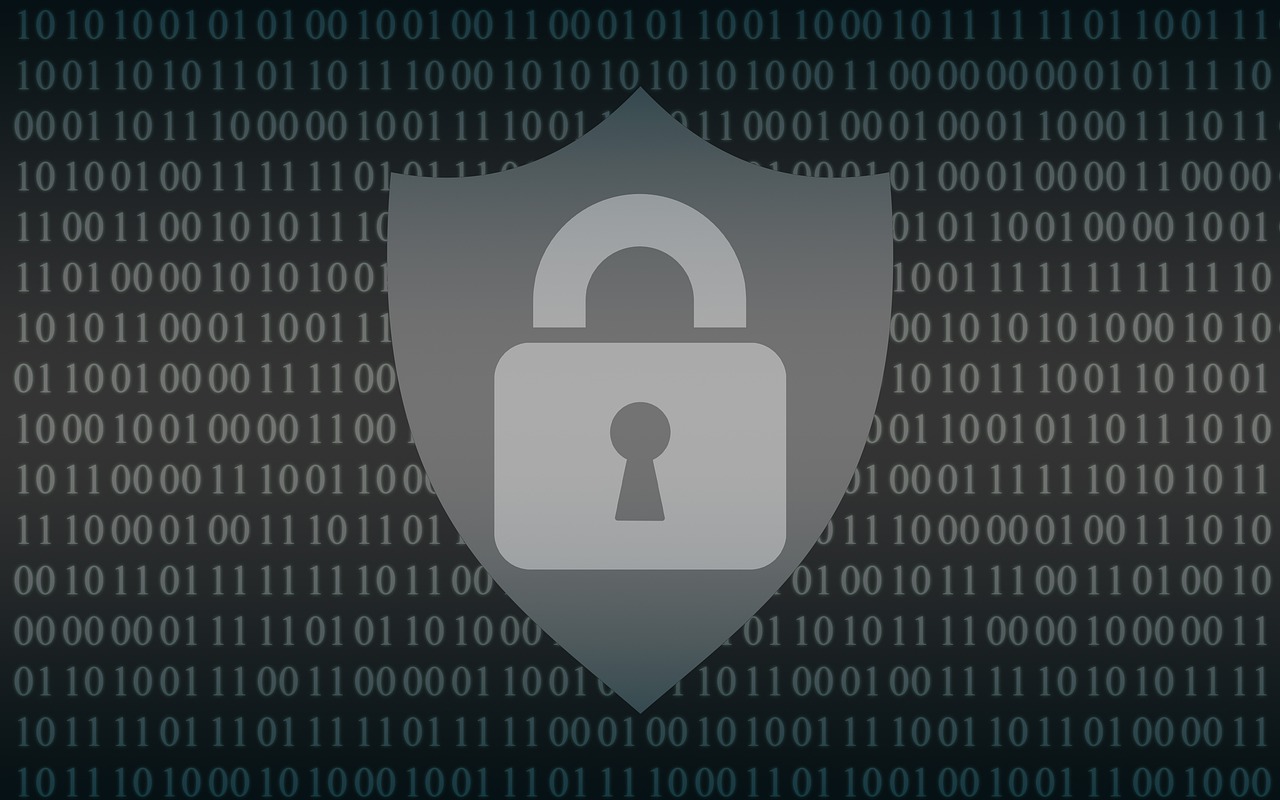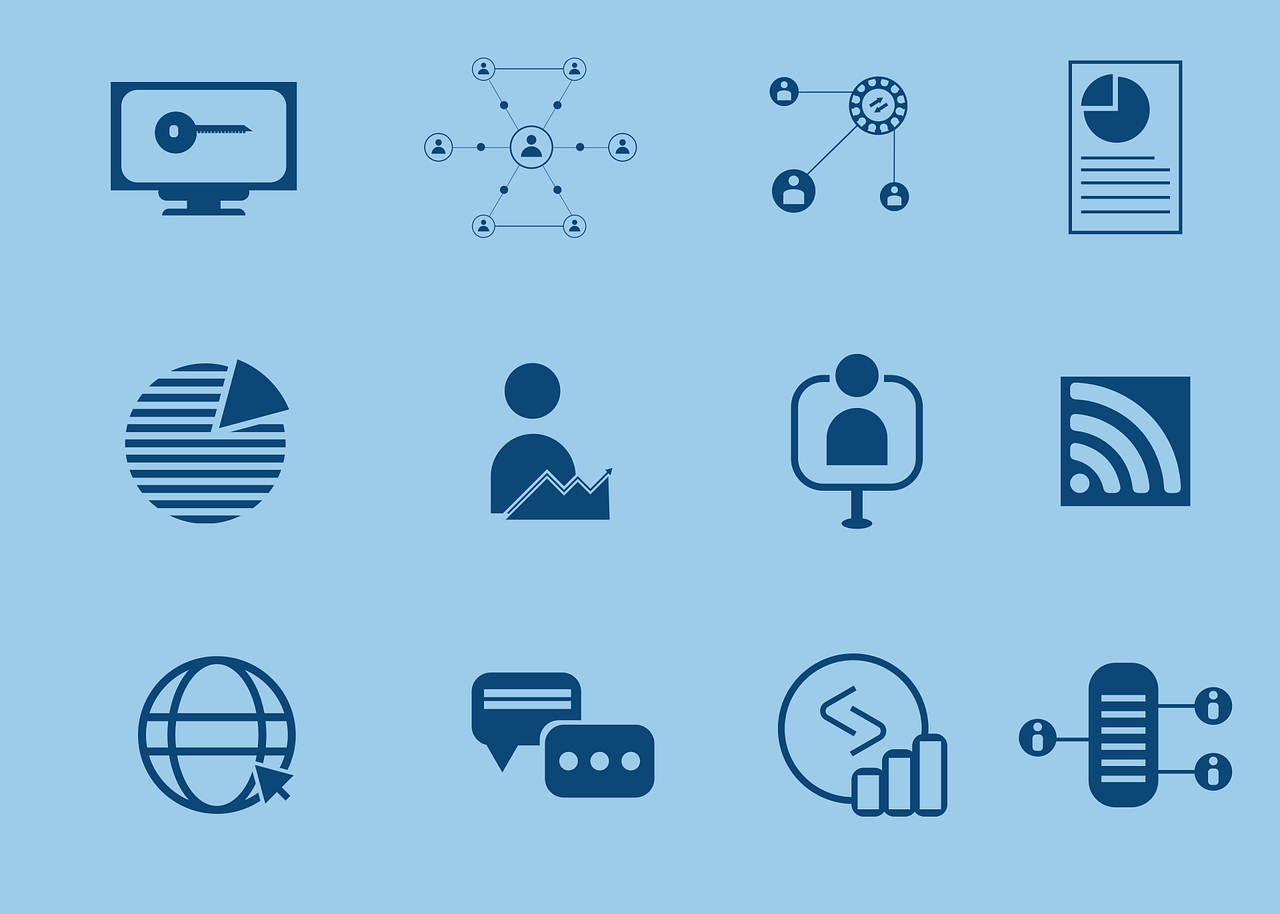This post will talk about insider risk management fundamentals. Also, I will show you 10 security best practices for implementation.
The frequency of security incidents caused by insiders is increasing. The recent 2022 Cost of Insider Threats Global Report by the Ponemon Institute reveals that 67% of companies experienced between 21 and 40 incidents in 2022, which is a concerning increase of 7% compared to 2020.
This highlights the urgent need for heightened awareness and proactive measures to mitigate insider threats and protect sensitive information.
Read our article to discover the essentials of effective insider risk management and learn ten security best practices to get you started.
Table of Contents
Why Manage Insider Threats?
Even users with authorized access can pose a significant threat. Due to their negligence or malicious actions, users can unknowingly or intentionally compromise your organization’s data and systems, causing severe damage.
Taking proactive measures to educate and monitor authorized individuals is essential in safeguarding critical assets against potential attacks.
According to the 2023 Insider Threat Report by Cybersecurity Insiders, 74% of surveyed organizations exhibit moderate or higher vulnerability to insider threats. This emphasizes the criticality of implementing robust insider risk management practices to address these threats proactively.
10 Cybersecurity Best Practices For Insider Risk Management
Let’s explore ten security best practices that can serve as a solid foundation for effective insider risk management in your organization.

1. Regularly assess and prioritize insider risks
To effectively manage insider risks, it’s crucial to assess and prioritize them regularly. This involves evaluating your organization’s vulnerable data assets and network areas to identify potential threats from negligent, malicious, and compromised insiders.
Additionally, prioritization entails ranking the likelihood of these risks and their potential impact on critical systems, data, and reputation.
By conducting thorough insider risk assessments and prioritization, you gain valuable insights into the security measures your organization needs to effectively mitigate insider risks. It’s essential to focus on aspects such as your hybrid and remote workforce, their network connections, and the devices they utilize.
2. Control access to systems and data

To mitigate insider risks, controlling access to systems and data within your organization is essential. Granting insiders excessive privileges increases the likelihood of sensitive data exfiltration and other insider threats.
To minimize these risks, it’s important to restrict access for employees, partners, and vendors to only what is necessary for their job functions.
Implementing a zero-trust architecture adds an additional layer of protection. This approach requires approval or user identity verification before granting access to critical assets.
The principle of least privilege can also be employed, whereby each user is granted the minimum level of access rights required, with privileges elevated only when necessary.
3. Manage password use
Effective password management protects your organization’s valuable data and systems from cybercriminals. Insiders’ corporate accounts can be targeted and compromised, giving unauthorized access to sensitive information.
To mitigate this risk, developing a comprehensive password management policy is important.
A password management policy includes clear guidelines for insiders to follow. These guidelines may include recommendations on using unique passwords for each account, creating complex passwords, and regularly changing passwords.
You can also use password management tools to grant employees access to your organization’s endpoints without revealing the credentials.
4. Ensure data security
Protecting your valuable data is of utmost importance when managing insider risks. Encryption is the tried and true security practice that effectively safeguards your data from unauthorized access.
By employing a sophisticated cryptographic algorithm, encryption ensures that only users with the corresponding decryption key can make sense of your valuable information.
Securing your data also involves performing full, differential, and incremental backups. By doing so, you can safeguard your valuable information and minimize the risk of data loss. Ensuring quick restoration of business operations is crucial in the event of physical or digital data damage.
Regular backups are the key to achieving this. Additionally, it’s important to dispose of unused data by regularly erasing inactive and unneeded information. This way, you can maintain a streamlined and secure data environment for your organization.
5. Continuously monitor the activity of employees and third parties

To effectively safeguard your assets, consider monitoring the activities of your employees and vendors within your infrastructure. With this oversight, it becomes easier to identify if users intentionally or negligently compromise the security of your assets.
Consider implementing user activity monitoring tools that enable real-time visibility into user sessions. By accessing and observing user sessions that involve interaction with your sensitive data and systems, you can significantly enhance the security of these valuable assets.
Continuous monitoring can help you ensure early detection and timely response to suspicious user behavior. Many specialized monitoring tools offer keylogging and session recording features, which are invaluable for conducting audits and investigating incidents.
6. Keep a close watch on privileged users
Privileged users within your network present heightened risks compared to regular users due to their elevated access rights. Therefore, it is crucial to give their actions special attention.
By closely monitoring privileged users, you significantly increase your ability to detect early indications of privileged account compromise or misuse of privileges. Privileged user monitoring grants transparency into the actions of your system administrators, third parties, and other privileged users in your network.
Consider eliminating shared privileged accounts from your system whenever possible. If complete elimination is not feasible, implement secondary authentication measures to accurately identify the individuals responsible for specific actions performed under shared accounts.
Additionally, ensure that privileged users cannot modify activity logs in order to maintain their authenticity.
7. Ensure quick response to possible risks
Even with a user activity monitoring tool, detecting insiders’ malicious behavior may be challenging. However, leveraging automated tracking and analysis of user behavior can greatly simplify insider risk management and reduce response time to suspicious activities.
User and entity behavior analytics (UEBA) is an invaluable technology for analyzing user behavior. When a user’s behavior deviates from established behavioral patterns, the UEBA tool promptly alerts security officers about the unusual activity.
By utilizing software with real-time alerts and incident response capabilities, you can enable swift reactions of your security officers and increase the likelihood of blocking malicious actions before significant damage occurs.
8. Increase employees’ cybersecurity awareness
With negligence as one of the primary causes of insider security incidents, prioritizing employee cybersecurity education becomes imperative.
It’s essential to ensure that your employees fully understand your security policies, the importance of adhering to them, and the potential consequences of non-compliance. Equally vital is equipping your employees with fundamental skills to recognize and respond to potential threats.
Regular cybersecurity training for both in-office and remote staff can substantially minimize security errors and reduce insider risks.
9. Regularly review user access rights
Access control is a continuous endeavor that extends beyond granting permissions to users.
As your organization progresses, promotes employees, assigns new responsibilities, hires fresh personnel, and collaborates with service providers, the organization’s structure and access requirements evolve accordingly.
User access reviews involve determining which individuals have access to specific data or systems and assessing whether they need such access for their job duties. Regular user access reviews guarantee that existing access permissions align with the organization’s current business and security requirements.
10. Perform regular security and IT compliance audits
Conducting systematic security and IT compliance audits enables you to uncover vulnerabilities within your organization’s IT systems that insiders may exploit for fraudulent activities, data theft, or sabotage.
By conducting regular audits, you can evaluate the effectiveness of your existing security measures and pinpoint any deficiencies in your security policies.
Audits provide valuable insights into areas that require improvement, allowing you to mitigate insider risks and ensure compliance with cybersecurity standards, laws, and regulations.
Conclusion
Vigilance towards insider risks is paramount for every organization. While robust protection against external attacks is common, it’s crucial to acknowledge that security threats can also emerge from within.
Trusted employees, partners, or contractors can inadvertently or intentionally jeopardize your organization’s data and systems.
Given the potential consequences, it’s essential to mitigate insider risks proactively. You can effectively manage insider risks and safeguard your organization’s critical assets by using security best practices from this article and leveraging dedicated software solutions like Ekran System.
Ekran System is a universal insider risk management platform that uses a holistic approach to help you deter, detect, and disrupt insider threats within your IT infrastructure.
INTERESTING POSTS
- Compliance In The Cloud: Why IAM Is Critical
- 5G Networks Likely to be Hacked Soon
- Shut Cybercrime Door With Cybersecurity Training For Employees
- Important Considerations For Developing A Cybersecurity Strategy
- Cyber Security Risks And Solutions In 2024
- A Beginner’s Guide to Navigating the World of Finance
About the Author:
Abraham Faisal is a professional content writer. He has a strong passion for online privacy, cybersecurity and blockchain and is an advocate for online privacy. He has been writing about these topics since 2018 and is a regular contributor to a number of publications. He has a degree in Computer Science and has in-depth knowledge of the ever-evolving world of digital security. In his free time, he likes to travel and explore new cultures.







